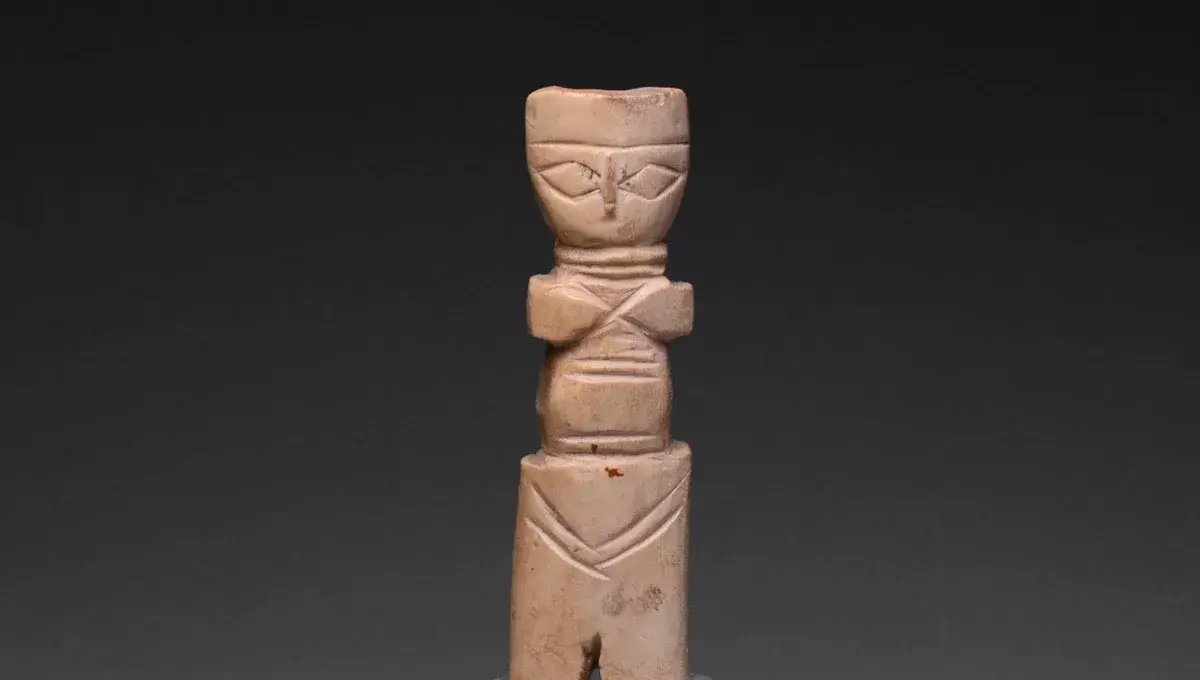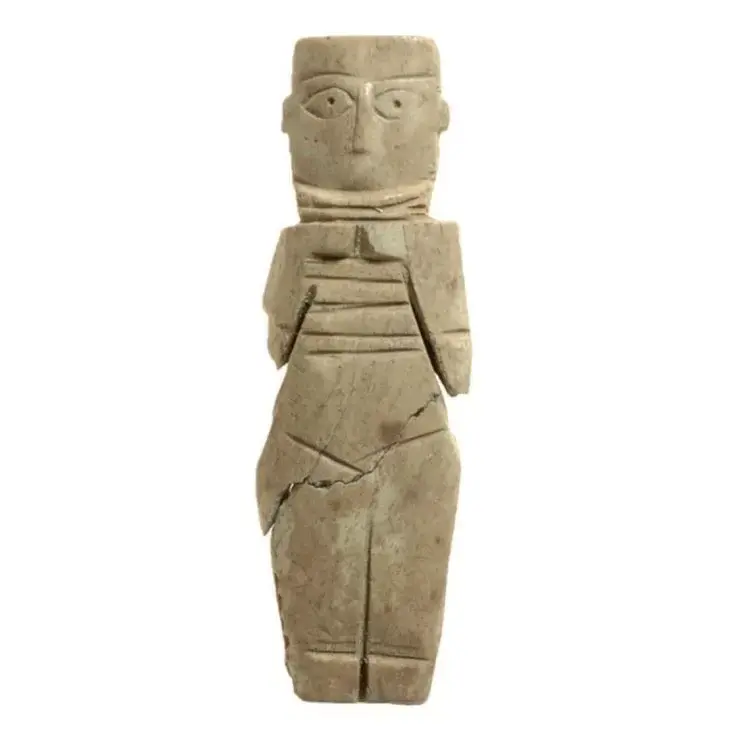Israel Antiquities Authority
Source - The Ancestors of Today’s Barbie Dolls "Coptic dolls" - Arkeonews
 Abbasid period, ancient dolls, Ariel Shatil, Coptic dolls, Daruma, doll, Early Islamic period, Featured, Hina, Islamic law., ISRAEL ANTIQUITIES AUTHORITY
Abbasid period, ancient dolls, Ariel Shatil, Coptic dolls, Daruma, doll, Early Islamic period, Featured, Hina, Islamic law., ISRAEL ANTIQUITIES AUTHORITY
For as long as there has been civilization, children have played with dolls. Wooden dolls with bead hair have been found in Egypt and terracotta ones from Greece and Rome. The Hina, Daruma, and Kokeshi dolls date back to 8000 BC and were an important part of Japanese culture.
A new type of figurine appears in the archaeological record during the Early Islamic period (7th-11th century CE): small, crudely crafted human figures made of bone. The function and use of these bone figurines, often referred to as “Coptic dolls,” are controversial.
Some researchers believe they are toys designed to prepare girls for motherhood, while others see them are fertility figurines. Until the 1960’s they were known mostly from museums and antiquities markets.
Ariel Shatil, an Israel Antiquities Authority archaeologist specializing in dolls and figurines, sheds light on these intriguing artifacts.
He explains: “Some researchers speculate that these figurines served as toy dolls, while others suggest they might have been fertility figurines. What is particularly fascinating is that no two dolls were identical; each possessed distinct features, even if they shared the same concept. These dolls appeared in the Early Islamic period, over a period of about two or three centuries, after which they mysteriously disappeared from the scene.”
 The picture shows a figurine with schematic features, reflecting Egyptian characteristics, dating to the Abbasid period, uncovered in the excavations carried out next to the Western Wall precinct in Jerusalem. Photo: Israel Antiquities Authority
The picture shows a figurine with schematic features, reflecting Egyptian characteristics, dating to the Abbasid period, uncovered in the excavations carried out next to the Western Wall precinct in Jerusalem. Photo: Israel Antiquities Authority
Shatil continues, “Moreover, distinct regional styles emerged. For instance, in the northern part of the country, the figurines had more schematic features, and they were crafted from flat bones such as animal ribs and adorned with dots and circles. By contrast, in the southern part of the country and in the desert, the figurines were more human-like and realistic. Most of the figurines are depicted naked, without clothes, but there is a group of figurines wearing garments. The exact purpose of the figurines—whether fertility symbols to encourage procreation or simply toys—remains a subject of debate.”
Originally crafted in the region of Iran and Iraq, one wonders how these figurines found their way to this area. Following the Muslim conquest of the country, artisans were brought in to construct and decorate palaces. Alongside the monumental art displayed in these palaces, these same artisans introduced or crafted these figurines, producing them in considerable quantities as they gained popularity within all social classes.
“Although predominantly made of bone, there are also ivory figurines, possibly belonging to wealthier families,” Ariel observes. “But, by the end of the eleventh century, these figurines disappeared from the scene, probably due to restrictions imposed in accordance with Islamic law.”